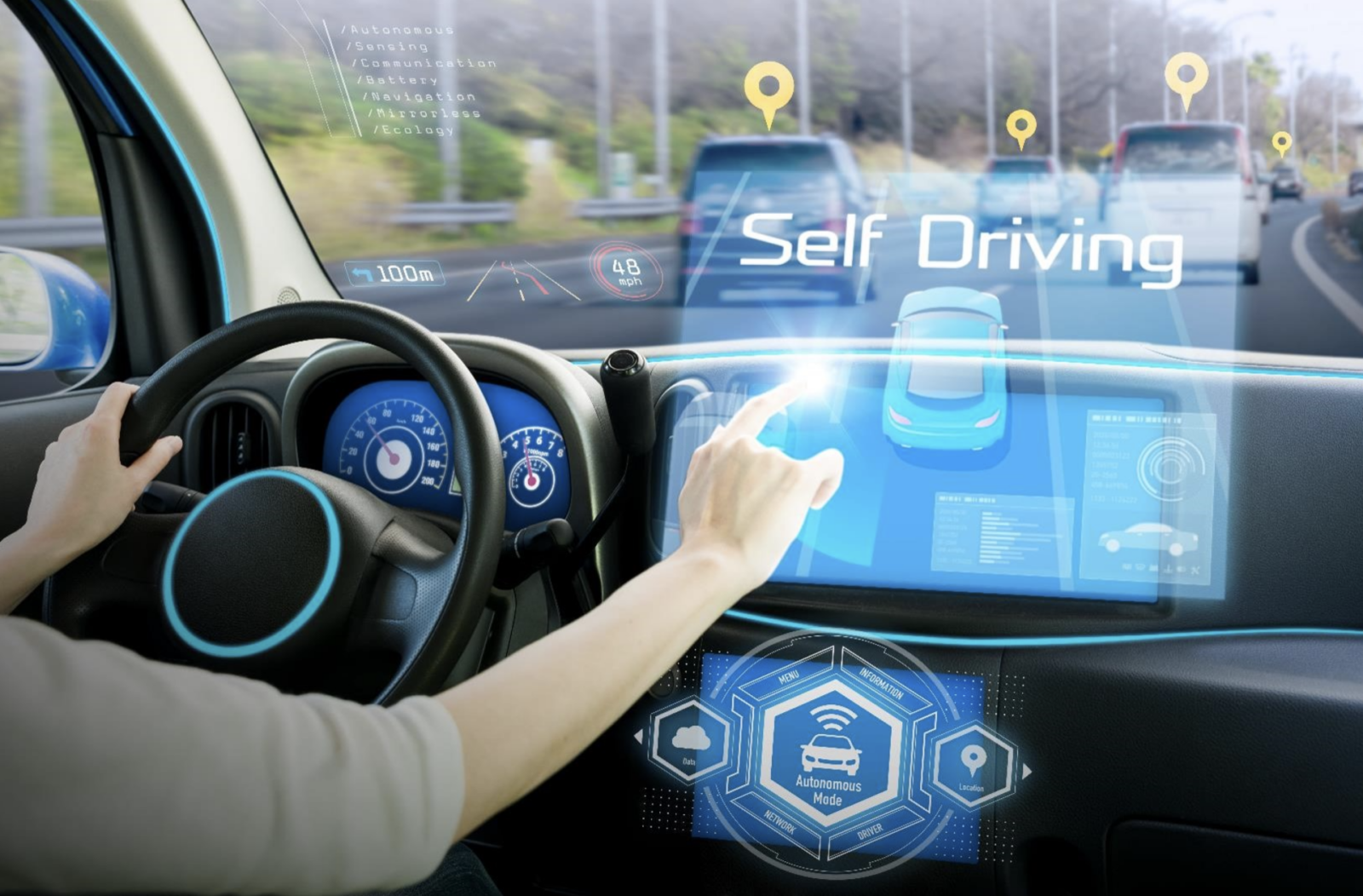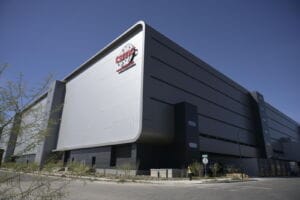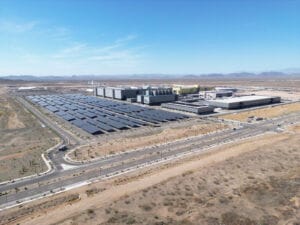An influx of Waymo self-driving cars hit Phoenix roads late last month with its Waymo One Trusted Tester program. GM’s Cruise, another autonomous ride-hailing startup, says that it will launch robotaxi services in Phoenix before the end of this year, according to its CEO, Kyle Vogt. These commercial enterprises will create a significant test for Arizona HB 2813, a law that went into effect last year regulating fully self-driving cars in Arizona including post-accident conduct by the self-driving vehicle system.
In May of 2021, a Waymo driverless taxi in Chandler went rogue and subsequently took off on its own. Between July 2021 and May 15, 2022, there were 130 self-driving car crashes nationally, according to NHTSA. During the same time period, there were 12 self-driving vehicle crashes in Arizona. These statistics pre-date the new influx of self-driving cars on Phoenix streets, effective August 30, as part of Waymo’s One Trusted Tester program.
READ ALSO: Autonomous driving company Pony.ai expands into Tucson
READ ALSO: How innovation zone could be an East Valley game-changer
Earlier this month, Cruise sought to feature its robotaxi service on the Today Show. The segment became a public relations nightmare when, with the reporter seated in the back, the robotaxi got stuck in a parking spot and when it tried to back up, its software crashed disabling the robot for 30 minutes until it could get a reboot.

While Arizona has thoughtfully anticipated the expansion of the fully autonomous vehicle market with corresponding legislation, technology setbacks and more self-driving cars on our roads suggest there may be more accidents.
Arizona HB 2813 defines a self-driving car as a driver for purposes of compliance with Arizona traffic laws. The automatic driving system must satisfy all physical acts required by a human driver. The self-driving car must stop at the scene until the duty to give information and assistance is satisfied if there is an accident resulting in injury, death or property damage. The self-driving car must contact law enforcement to report the accident and provide the owner’s name, address and registration number to the person struck or the occupants of a vehicle involved in an accident. If an accident happens involving a self-driving car on a public road or involves a hospital-treated injury, a fatality, a vehicle tow-away, a pedestrian, or the airbags deploy, then NHTSA requires the motor vehicle manufacturer to submit an incident report within 24 hours.
In Arizona, insurance follows the car. Arizona traffic laws treat the self-driving vehicle system as the “driver” requiring that driver register the vehicle and carry at least $25,000 per person and $50,000 per accident of liability insurance. Passengers in self-driving cars and occupants of other vehicles who may be involved in an accident would be wise to carry and to have the right monetary limit for uninsured and underinsured motorist coverage. Here’s why – if the self-driving vehicle is not at fault and the other driver is uninsured, the other driver/passengers in both vehicles could look to their uninsured motorist coverage for compensation. If the self-driving car is at fault and only carries the minimum levels of liability insurance, a victim may not be fully compensated unless they carry sufficient underinsured motorist coverage to supplement other available coverage. The self-driving car manufacturer would be on the hook for its own negligence, but it will likely be easier to proceed directly against automobile insurance.
Author: Marc Lamber is a Martindale Hubbell AV Preeminent-rated trial attorney and public safety advocate. A director at Fennemore Craig, Lamber chairs the Personal Injury Practice Group and has been featured in national and local media, including the Arizona Republic, USA Today, ABC News, The Wall Street Journal, Forbes, the ABA Journal and many others.




